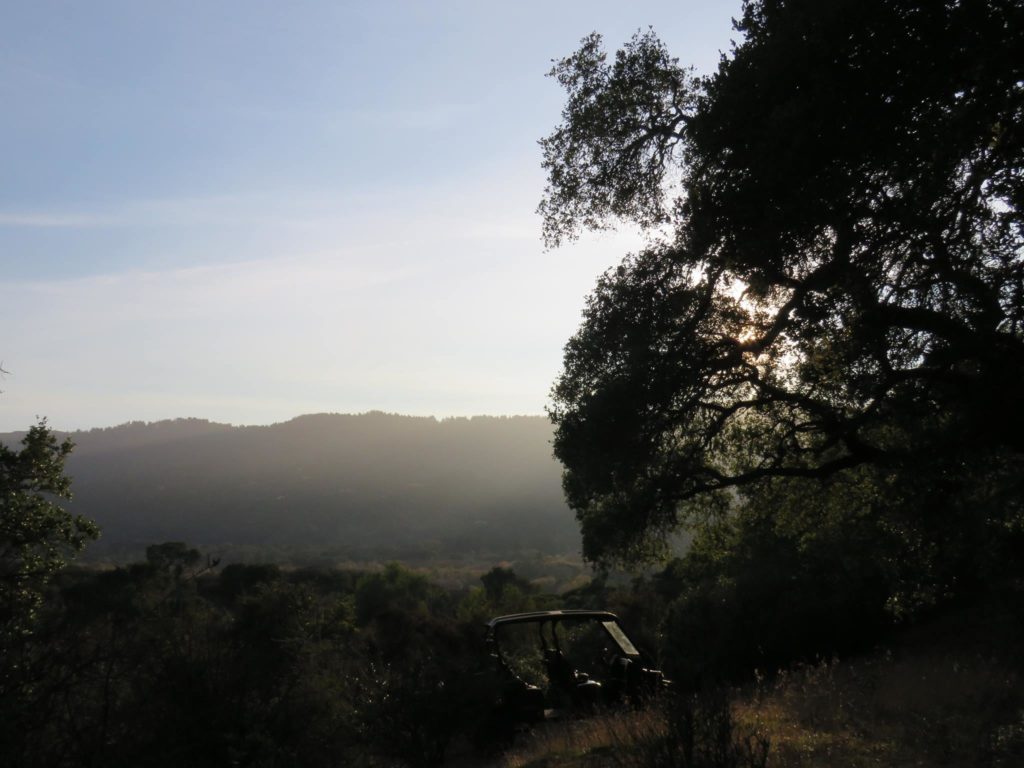
Oak Herbivory at Jasper Ridge
Plants and their insect herbivores comprise over half of all described nonmicrobial species and interact in ways that influence key community- and ecosystem-level processes. A prevalent pattern in nature is that herbivory –the consumption plant tissue or fluids by herbivores, particularly insects– varies across species. The Apparency Hypothesis suggests that plant species that are more “apparent” (long-lived, large, evergreen) to herbivores have evolved stronger anti-herbivore defenses than not-so-apparent plants (short-lived, small, deciduous), but empirical tests of this hypothesis have yielded inconsistent results. I examined whether the apparency hypothesis applied to four sympatric species of California oak.
Oaks influence forest structure, biodiversity, and community composition in California ecosystems. A suite of anthropogenic stressors including habitat loss, invasive species, and climate change threaten California oaks. My work reveals that the most apparent (the most abundant and evergreen) oak species had a lower proportion of herbivory damage by type than the less abundant and deciduous oaks species. Herbivory rates and palatability assays using a generalist herbivore exhibited little interspecific variation. The most apparent oak species had a higher carbon nitrogen ratio, lower water content, and tougher leaves than the three less apparent deciduous oak species. These results partially support the apparency hypothesis. Quercus kelloggii, the rarest species, is most vulnerable to herbivores and thus a conservation priority.
Future work will examine whether herbivory and defense patterns across California and Mexican oaks provide support for the latitudinal herbivory defense hypothesis.

